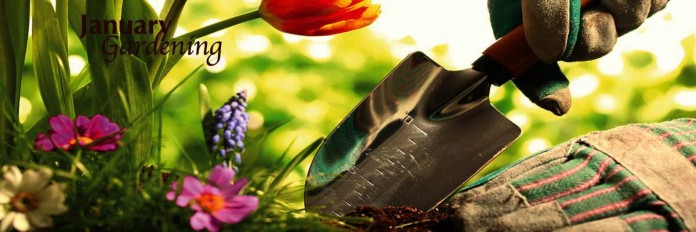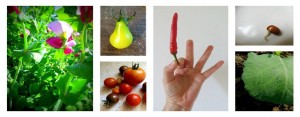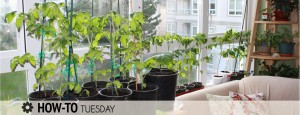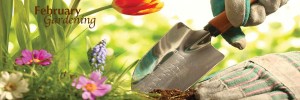Although gardens are anything but bright and cheerful during the drab first full week of January, now is a good time to figure out what to plant and how to design a garden.
Choose seed
January isn’t too early to choose seed for spring planting. Consult seed catalogs when choosing which varieties you’re going to plant.
Related: December’s gardening to-do list
Keep in mind performance, place, space and harvest when picking types of seeds and the number of seeds needed.
Before deciding to use leftover seeds from last year, the University of Nebraska-Lincoln Extension in Lancaster County recommends testing them.
Related: Choose the best seed for your garden
For each leftover packet of seed, take 10 seeds and roll them on a damp paper towel. Rubberband the paper towel and store it on top of your refrigerator or in a similar warm place. Seeds that are in warm, moist places will germinate within a week. Check the seeds after a week and count the number that have sprouted. If less than 50 percent of the seeds have sprouted, throw them out.
Plan your space
Once seeds are picked out, figure out what the garden will look like. A garden doesn’t have to take up an entire backyard. Besides designing a vertical garden, raised bed gardening offers unique opportunities like water conservation and higher yields.
If you’re dead-set on putting your plants right into the ground, determine how much space you need to accommodate all of your plants.
Helpful tools
There are a couple garden-planning apps that allow users to design gardens based on the amount of actual space available.
Garden Planner allows users to organize your plants, trees, buildings and more. It keeps track of how much square footage has been used. The plan can be printed and used to bring the garden is brought to reality. The full version of the app costs $34, but a free online trial is available.
Another useful online tool is Smart Gardener. It’s free to sign up for this garden planner that comes complete with guides that help new gardeners get started.
Features include a garden journal, to-do list, helpful tools for determining the best plants for the selected region, suggested planting numbers, arrangements and more. Seeds can be purchased on Smart Gardener through a partner site, Peaceful Valley Farm Supply.
Gardening calendar
For first-time gardeners, knowing when to plant various fruits, vegetables, herbs and flowers is helpful. All Things Plants allows users to input their zip codes to receive a detailed calendar that notes when to start seeds indoors, transplant seeds to the garden and directly sow seeds for a multitude of plants that are grown in the specified region.
The site also gives the dates for the first and last frosts of the season. For instance, for the Farm and Dairy office location in Salem, Ohio, and surrounding communities, the frost-free season lasts from May 17 and Sept. 25.
Share your garden plans in the comments below.















